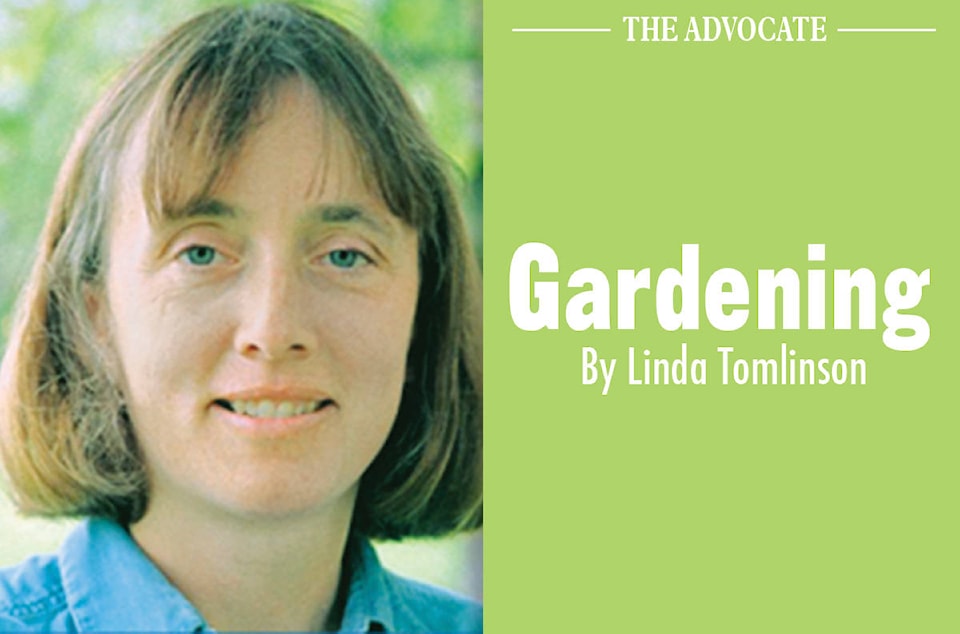Calling all vegetable gardeners and people who like eating fresh vegetables. Now is the time to look into signing up for garden plots and or CSA gardens.
Garden plots have existed in some countries for centuries. Their popularity waxing and waning depending on the current thought of what is: in vogue, convenient and healthy. Presently, people are moving away from store bought vegetables towards ones that are grown locally.
The basic rule for any community garden is, if you didn’t plant it, don’t pick it. That includes weeds, as some might consider those plants as edibles. All other rules are determined and enforced by the board and or municipality.
They may include weedy or abandoned plots, pesticides, soil additives and availability of water.
They will include cost, size of plots, start up dates, fall clean up and hours of operation.
Read the fine print before signing up in order not to be disappointed.
Unless the community garden is part of the town, the person heading the project often changes on a regular basis. For those looking to join a garden, google and or talk to the local municipality. Both should give you relatively current information.
People interested in securing a garden plot in Red Deer should contact Cemetery Services. Return gardeners have first chance by registering in March then it is open to everyone come the first of April. Don’t wait too long as the plots usually sell out.
Community Supported Agriculture (CSA) gardens are another way to receive fresh produce on a regular basis either at a pick up point or on the door step.
The gardens are set up for individuals to partner with a market gardener. The public put up cash, or a guarantee of weekly cash, in return they receive a portion of the produce grown on a weekly basis.
It sounds and is usually great but beware as there are risks involved. In the case of crop failure, regardless of the reason, the investment or money is not given back. While the gardener will do their best to grow an abundance of produce, they cannot control late frosts, too much rain or hail storms. In other words when one signs up for a CSA garden they assume the same risks as the farmer.
It depends on the year as to how much of each type of produce is available. An example being, a late hail storm might wipe out all the greens but the root crops will be edible.
Before signing up to be a CSA member, talk to returning customers. Find out the quality of the produce. Was it washed? Fresh or wilted? Was it plentiful? Was there variety or did you get lettuce and beans all season?
Could you order and pay for extra vegetables when needed? Could you cancel when on holidays?
Were you expected to put in physical labour?
Where and when is the pickup point?
Other places to find fresh in season produce is at Farmer’s Markets and Market Gardens. It is best to be at the Farmers Markets early as produce can and will sell out especially early in the season. The best produce is usually at the stalls with the longest lines.
It is best to phone ahead to Market Gardens to insure that the produce is readily available. Ask if it is already harvested or it is pick your own. Both are viable options depending on interests and time available.
It might appear that spring is a long way away but now is the time to make decisions on where this year’s fresh produce is coming from.
The government has website that lists some of the Market Gardens https://www.agric.gov.ab.ca/app21/rtw/ff/farm_fresh_map.jsp but there are many more available. Municipalities, word of mouth, online and the local garden cubs can help to find local CSA and Market Gardens.
Linda Tomlinson is a horticulturalist that lives near Rocky Mountain House. She can be reached at your_garden@hotmail.com
